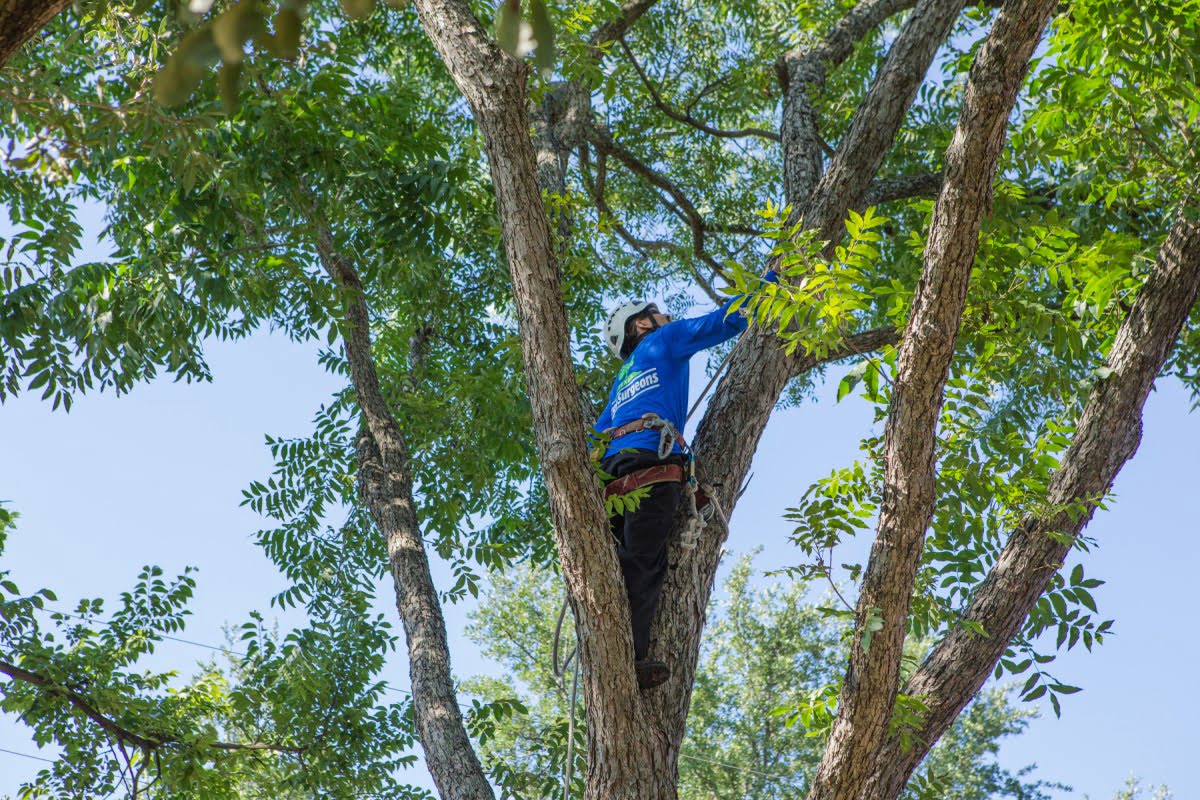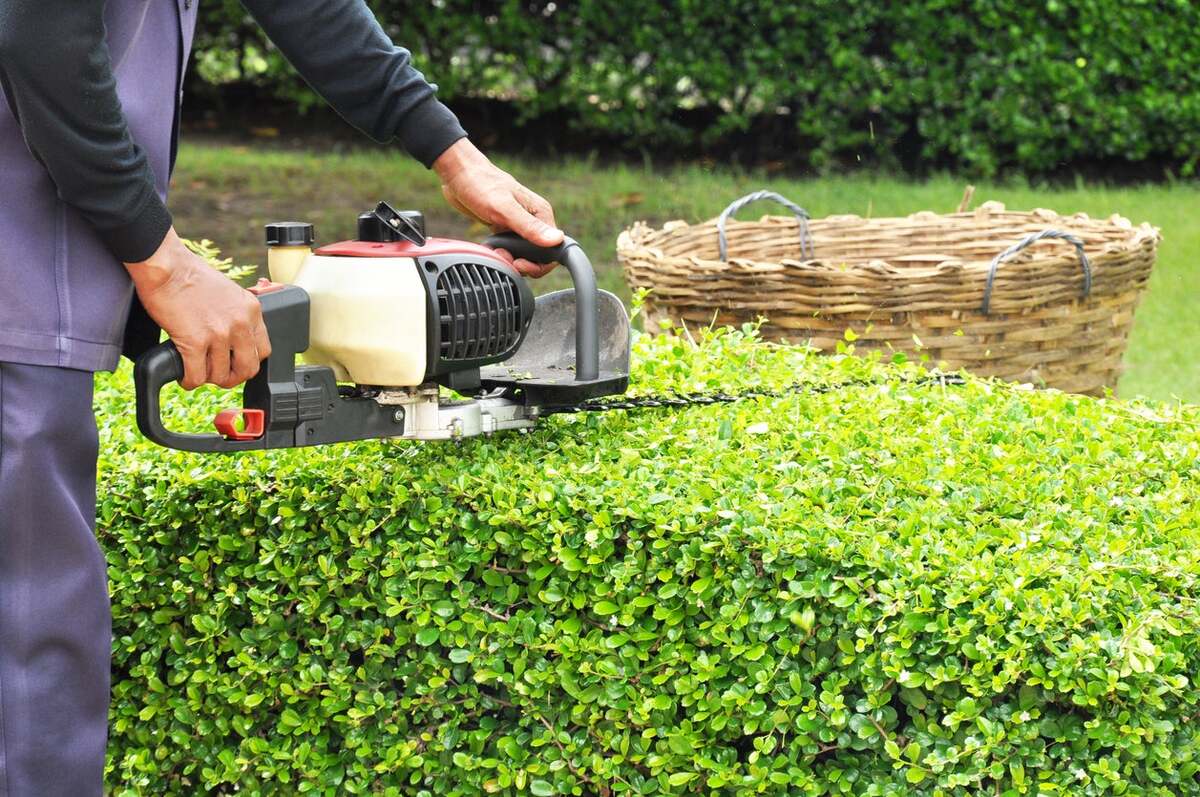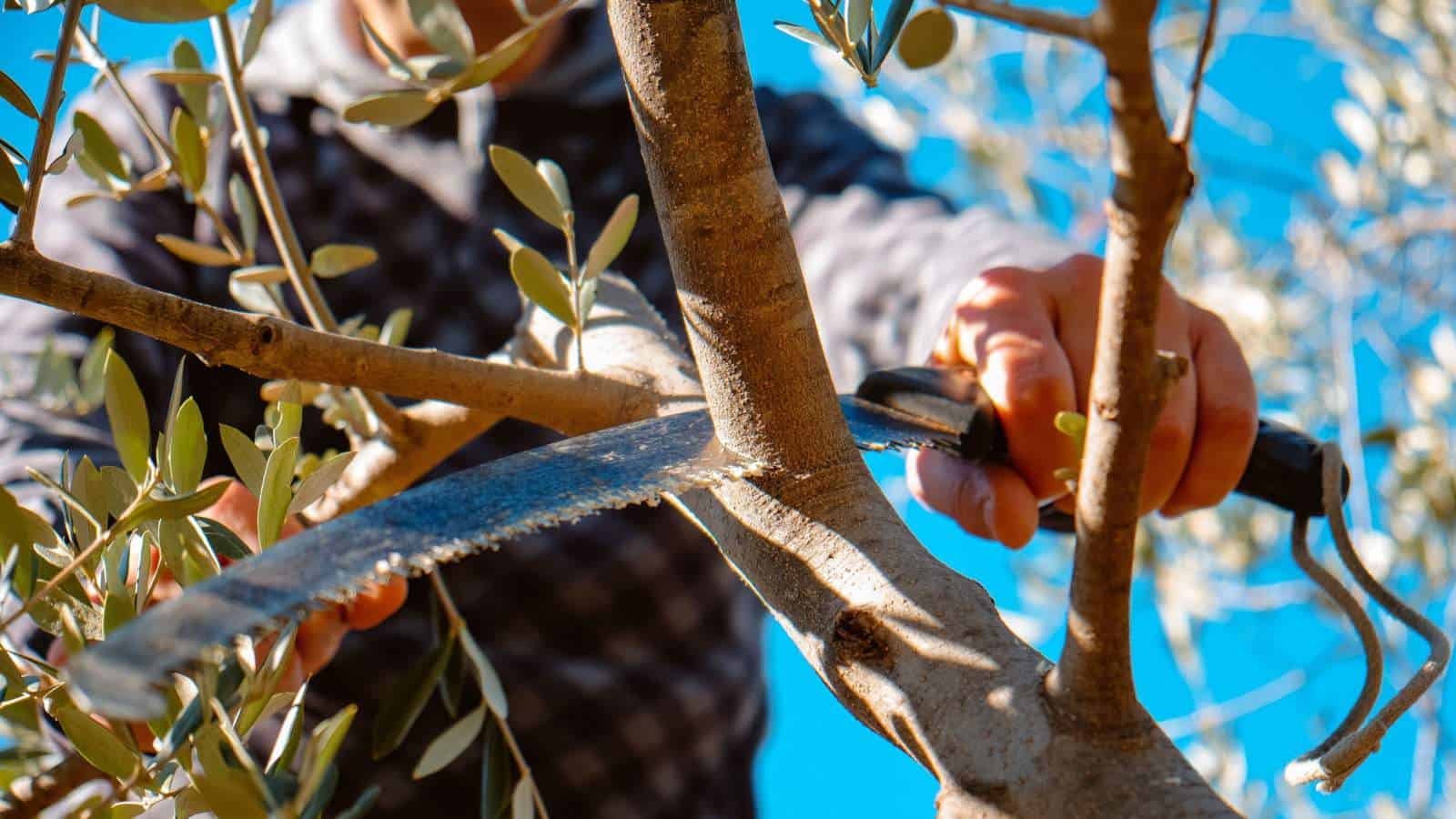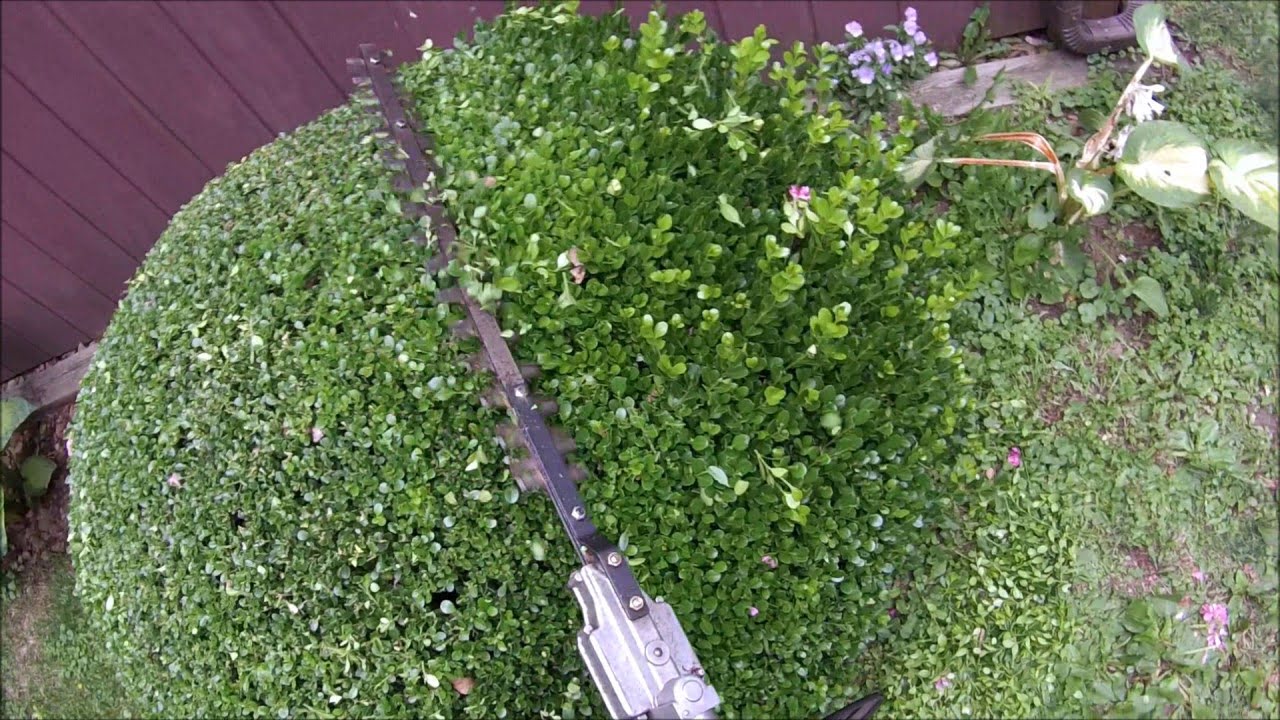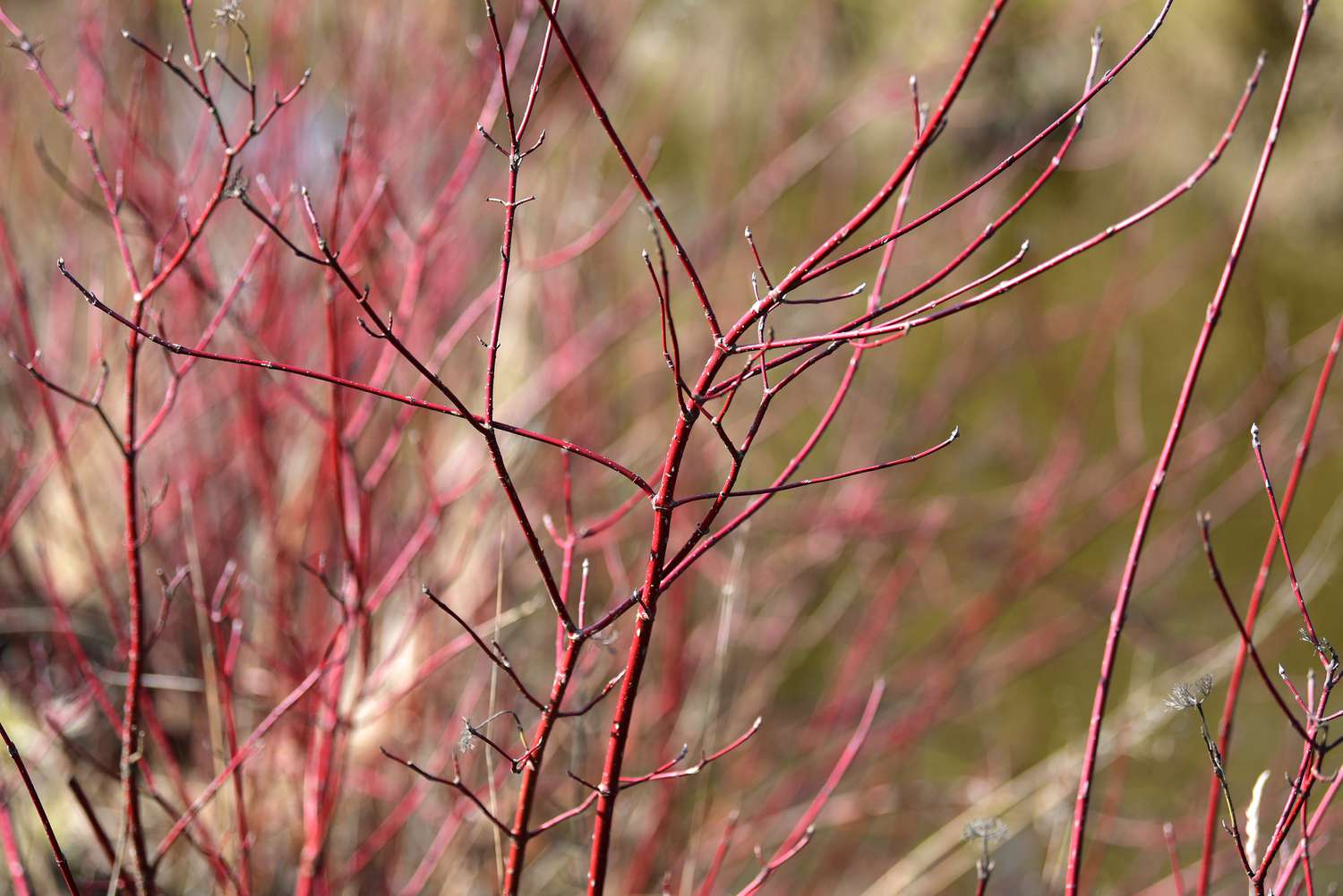Home>Gardening Techniques>Plant Care>How To Trim Bonsai Plant


Plant Care
How To Trim Bonsai Plant
Modified: January 22, 2024
Learn how to effectively trim and care for your bonsai plant with our comprehensive guide. Find expert tips and techniques for maintaining healthy and beautiful plants.
(Many of the links in this article redirect to a specific reviewed product. Your purchase of these products through affiliate links helps to generate commission for Chicagolandgardening.com, at no extra cost. Learn more)
Table of Contents
Introduction
Welcome to the world of bonsai plants, where the art of shaping and maintaining miniature trees is cultivated. Bonsai enthusiasts appreciate the intricate beauty and tranquility these plants bring to their surroundings. However, keeping a bonsai tree thriving requires dedication and knowledge, particularly when it comes to trimming and pruning.
Trimming bonsai plants is not only essential for maintaining their aesthetic appeal but also for promoting their overall health and development. Regular trimming helps control the tree’s size, shape, and balance, allowing it to mimic the appearance of a mature tree in nature. Whether you are new to bonsai care or a seasoned gardener, mastering the art of trimming is crucial for the long-term vitality of your cherished bonsai.
Throughout this article, we will guide you through the step-by-step process of trimming a bonsai tree. From choosing the right time to trimming the foliage and shaping the tree, we will provide you with the knowledge and techniques needed to maintain a thriving bonsai plant. Additionally, we will offer tips on selecting the right tools and cleaning and maintaining them, ensuring that your bonsai trimming experience is effortless and rewarding.
So, are you ready to embark on this journey of nurturing and shaping your bonsai plant? Let’s discover the secrets of successful bonsai trimming and unlock the full potential of your miniature tree!
Step 1: Choosing the Right Time
Timing plays a crucial role when it comes to trimming bonsai plants. Choosing the right time ensures that the tree can recover quickly and minimizes the stress imposed during the pruning process. The ideal time for trimming varies depending on the species of your bonsai and its growth pattern. Here are some general guidelines to consider:
1. Seasonal Timing: In general, the best time to trim your bonsai tree is during its dormant period or just before the growing season begins. For most deciduous trees, this is typically during late winter or early spring when the tree is still dormant. Trimming during this time allows the tree to allocate more energy towards healing and new growth once the warmer months arrive.
2. Species-Specific Timing: While the general rule of thumb is to trim during the dormant season, some bonsai species have specific timing requirements. For instance, evergreen bonsai trees, such as pine or juniper, are usually trimmed during summer or early autumn, when their growth starts to slow down. Conversely, flowering bonsai trees, like azaleas, are typically trimmed right after they finish blooming.
3. Avoid Extreme Weather Conditions: It’s important to consider the weather conditions when planning your trimming session. Extreme heat or cold can put additional stress on the bonsai tree, making it more susceptible to damage or slow recovery. Aim for a day with moderate temperatures and stable weather conditions to minimize risk.
Before starting the trimming process, it’s crucial to assess the specific needs of your bonsai tree and do some research on its species. Different species have unique growth patterns and may require specific treatments during the trimming process. By taking the time to choose the right time for trimming, you set the stage for a successful and healthy bonsai pruning experience.
Step 2: Gather the Necessary Tools
Before you embark on the process of trimming your bonsai plant, it’s important to gather the right tools. Having the appropriate tools on hand will ensure that you can perform the task effectively and minimize any potential damage to the tree. Here are some essential tools you’ll need:
1. Bonsai Shears: Investing in a pair of high-quality bonsai shears is essential. These shears are specifically designed with sharp, pointed blades that allow you to make precise cuts. Make sure the shears are clean and properly sharpened to ensure smooth and clean cuts.
2. Root Pruning Shears: While not necessary for every trimming session, root pruning shears come in handy when you need to remove excess or unwanted roots. These shears have longer handles and are designed to reach into the soil to trim the roots without causing damage to the tree.
3. Bonsai Wire Cutters: Bonsai wire cutters are specifically designed to cut the wire used for shaping and training bonsai trees. These cutters have a rounded head and are essential for removing the wire during the trimming process without damaging the branches or trunk.
4. Concave Branch Cutter: A concave branch cutter is a specialized tool used for removing larger branches. It has a concave cutting edge that creates a small indentation when cutting, allowing the wound to heal more smoothly. This tool is particularly useful for aesthetic pruning and maintaining branch structure.
5. Pruning Knob Cutter: A pruning knob cutter is designed to remove unwanted knobs or protrusions left behind after cutting a branch. It creates a concave cut, helping the wound to heal more seamlessly and promoting a natural appearance.
Remember to clean and sanitize your tools before and after each use. This helps prevent the spread of diseases or pests, ensuring the health of your bonsai tree. Additionally, consider using protective gloves and eye goggles for your safety, especially when working with sharp tools.
By having the right tools readily available, you can approach the trimming process with confidence, knowing that you’re equipped to handle any necessary pruning tasks effectively and efficiently.
Step 3: Assessing the Bonsai Tree
Before you begin trimming your bonsai tree, it’s essential to carefully assess its overall health and structure. This step allows you to identify areas that require attention and helps you make informed decisions about which branches and foliage to trim. Here are some key aspects to consider when assessing your bonsai tree:
1. Health and Vigor: Take a close look at the overall health and vigor of your bonsai tree. Look for signs of diseased or damaged branches, such as discoloration, wilting, or necrotic areas. These branches should be prioritized for removal to protect the overall health of the tree and encourage new growth.
2. Structure and Balance: Evaluate the structural integrity and balance of your bonsai tree. Look for any crossing or rubbing branches that may impede airflow or cause unnecessary stress on the tree. Assess the balance of the tree, ensuring that it has a pleasing and harmonious shape.
3. Aesthetic Considerations: Consider the overall design and aesthetic preferences for your bonsai tree. Determine the desired style and aesthetic you wish to achieve, such as formal or informal upright, cascade, or broom style. This assessment will guide you in making decisions on which branches to trim and how to shape the tree.
4. Growth Patterns: Observe the growth patterns of your bonsai tree. Identify branches that are growing too vigorously, detracting from the overall balance and shape of the tree. These branches may need to be pruned to redirect growth energy to other areas of the tree.
During the assessment process, take your time to carefully observe and make notes or mental maps of what areas need attention. This evaluation will serve as a roadmap for the trimming process, ensuring that you make informed decisions and achieve the desired results for your bonsai tree.
Step 4: Pruning the Branches
Pruning the branches is a critical step in maintaining the shape, structure, and overall health of your bonsai tree. Proper pruning helps to remove dead, damaged, or overgrown branches, allowing the tree to allocate its resources more effectively. Here’s a step-by-step guide on how to prune the branches of your bonsai:
1. Start with the Larger Branches: Begin by identifying larger branches that need to be pruned. Using a concave branch cutter, make a clean cut just outside the branch collar. The branch collar is the swollen area at the base of a branch, and making the cut here helps the tree heal more effectively.
2. Remove Crossing and Rubbing Branches: Look for branches that are crossing or rubbing against each other. These branches can cause wounds and make the tree more vulnerable to diseases. Select the weaker or less desirable branch and remove it using bonsai shears.
3. Eliminate Unwanted Growth: Identify any unwanted or vigorous growth that detracts from the overall shape of the tree. These can include branches growing straight up or downward, causing an imbalance. Trim these branches back to a bud or side branch using bonsai shears, promoting new growth in a more desirable direction.
4. Provide Air Circulation: Ensure that there is adequate airflow within the canopy of the bonsai tree. Remove branches or foliage that are dense and obstructing airflow. By increasing air circulation, you reduce the risk of diseases and promote overall tree health.
5. Step Back and Assess: After each branch is pruned, step back and observe the tree from different angles. Make adjustments as needed to achieve the desired shape and balance. Remember that pruning is an ongoing process, and it may take time and several trimming sessions to achieve the desired result.
Always remember to make clean, sharp cuts when pruning branches. Avoid leaving stubs or tearing the bark, as this can lead to infections or decaying. Additionally, consider the specific requirements of your bonsai species when pruning branches, as some trees may have unique growth patterns or practices.
By following these pruning techniques, you can maintain the structure and balance of your bonsai tree, ensuring its long-term health and aesthetic appeal.
Step 5: Trimming the Foliage
Trimming the foliage of your bonsai tree is an important step in maintaining its shape, density, and overall aesthetics. Trimming the foliage helps create a more compact and balanced appearance, allowing light and air to reach inner branches. Here’s a step-by-step guide on how to effectively trim the foliage of your bonsai:
1. Define the Canopy Shape: Start by visualizing the desired shape and silhouette of your bonsai. This will guide you in determining which areas of the foliage need trimming. Consider the style of your bonsai (e.g., formal upright, informal upright, cascading) and aim to maintain a cohesive and aesthetically pleasing shape.
2. Remove Overgrown Branches: Identify branches that have become excessively long or are overpowering the overall balance of the tree. Using sharp bonsai shears, carefully trim these branches back to a desired length. Make clean cuts just above a bud or a set of leaves to encourage new growth.
3. Pinch Back Excessive Growth: Pinching back refers to the act of removing the tips of new shoots to encourage branching and denser foliage. Gently pinch or prune off the tip of the shoot, taking care not to damage the surrounding foliage. This technique helps maintain a compact and well-proportioned appearance.
4. Thin Out Dense Areas: If certain sections of the foliage appear too crowded or dense, selectively remove some leaves or small branches to improve airflow and light penetration. This allows for better overall health and reduces the risk of fungal or bacterial diseases.
5. Maintain Balance: Regularly step back and evaluate the overall balance of the tree as you trim the foliage. Ensure that the density and distribution of foliage are harmonious and visually appealing from all angles. Adjust as necessary to achieve a balanced and natural appearance.
Remember that foliage trimming should be done gradually and with precision. Avoid removing too much foliage at once, as this can shock the tree or impede its ability to photosynthesize. It’s important to strike a balance between maintaining the tree’s shape and allowing it to thrive.
By following these steps, you can trim the foliage of your bonsai tree to create a beautifully balanced and visually appealing canopy that enhances the overall aesthetic of your bonsai.
Step 6: Shaping the Bonsai Tree
Shaping your bonsai tree is a crucial step in creating a visually pleasing and authentic representation of a mature tree in miniature form. The shaping process involves manipulating the branches and trunk to achieve the desired style and aesthetic. Here’s a step-by-step guide on how to shape your bonsai tree:
1. Understand Bonsai Styles: Familiarize yourself with different bonsai styles such as formal upright, informal upright, cascade, or broom. Each style has specific characteristics and guidelines on how the branches and trunk should be shaped. Research and study examples of bonsai trees in your chosen style to develop an understanding of the desired outcome.
2. Create Movement and Taper: To achieve a natural look, incorporate movement and taper into your bonsai tree. Movement refers to the bending or curving of the trunk and branches, while taper refers to the gradual decrease in size as you move towards the apex of the tree. Use bonsai wire to gently guide and shape the branches, while considering the growth patterns of your tree species.
3. Follow the Principles of Balance: As you shape your bonsai tree, it’s important to maintain a sense of balance and proportion. Avoid creating a bonsai with all the foliage or branches on one side. Distribute the foliage and branches evenly throughout the tree to achieve visual harmony. Step back regularly to assess and make adjustments as needed.
4. Consider Negative Space: Negative space, also known as “ma,” is the area within the bonsai that is left intentionally empty. It creates a sense of depth and balance in the overall composition. Leave empty spaces between branches and foliage to enhance the aesthetics and add a sense of serenity to your bonsai tree’s design.
5. Regularly Prune and Shape: Shaping your bonsai is an ongoing process. As the tree grows, it will require regular pruning and shaping to maintain its desired form. Trim back new growth, adjust wired branches, and make any necessary adjustments to maintain the shape and structure of the bonsai. Regularly monitor the tree’s development and make modifications accordingly.
Remember, shaping your bonsai tree requires patience and an understanding of its specific growth patterns. Embrace the organic nature of the bonsai and let it guide you in its shaping process. With time and practice, you will develop the skills to create stunning bonsai trees that truly capture the essence of nature in miniature form.
Step 7: Cleaning and Maintaining the Trimming Tools
Proper cleaning and maintenance of your trimming tools are vital to ensure their longevity and effectiveness. Clean tools not only perform better but also help prevent the spread of diseases among your bonsai plants. Here’s a step-by-step guide on how to clean and maintain your bonsai trimming tools:
1. Remove Residue: After each use, remove any sap, dirt, or debris from the blades of your tools. Use a clean cloth or brush to wipe away any residue. This helps prevent the buildup of harmful substances that could transfer to other plants or cause corrosion.
2. Sanitize Blades: To prevent the spread of diseases or pests, sanitize the blades of your trimming tools. You can use a disinfectant solution made specifically for gardening tools or a mixture of water and rubbing alcohol. Dip a cloth into the solution and wipe down the blades thoroughly.
3. Oil Moving Parts: Keeping the moving parts of your tools lubricated is essential for smooth and effective operation. Apply a few drops of oil to the joints or springs of your shears and branch cutters. Work the oil into the mechanisms by opening and closing the tool several times.
4. Sharpen Blades: Regularly sharpening the blades of your bonsai shears and branch cutters helps ensure clean, precise cuts. Use a sharpening stone or a sharpening tool specifically designed for gardening tools. Follow the manufacturer’s instructions to achieve optimum sharpness.
5. Store Properly: When not in use, store your trimming tools in a clean, dry place. Avoid exposing them to excessive moisture, which can cause rusting. Consider using a tool pouch or case to protect them from damage and keep them organized.
6. Regularly Inspect: Periodically inspect your trimming tools for any signs of wear or damage. Check for bent or misaligned blades, loose handles, or any other issues that may affect their functionality. Repair or replace any damaged parts as needed.
By following these steps, you can ensure that your trimming tools remain in optimal condition and ready for use whenever you need them. Proper care and maintenance of your tools not only extend their lifespan but also enable you to work effectively and efficiently to keep your bonsai plants healthy and well-maintained.
Conclusion
Congratulations! You have now learned the step-by-step process of trimming your bonsai tree. Trimming and pruning are essential for maintaining the health, shape, and aesthetic appeal of your bonsai. By choosing the right time, gathering the necessary tools, assessing the tree, pruning branches, trimming foliage, shaping the tree, and cleaning and maintaining your tools, you can ensure the vitality and beauty of your bonsai plant.
Remember, bonsai care is an ongoing practice that requires patience, observation, and dedication. Regularly monitoring your bonsai tree’s growth, making necessary adjustments, and maintaining a consistent trimming routine will result in a healthy and well-shaped tree that brings joy and tranquility to your living space.
As you continue your bonsai journey, feel free to explore and experiment with different styles, techniques, and tree species. Each bonsai tree is unique and has its own character waiting to be shaped and nurtured. Embrace the artistry of bonsai trimming and enjoy the process of creating a miniature masterpiece.
Now, armed with the knowledge and skills to trim and maintain your bonsai tree, go forth and bring out the true potential of your bonsai plant. Enjoy the rewards of a well-trimmed bonsai, as it becomes a captivating centerpiece and a reflection of your dedication and passion for the art of bonsai care.
